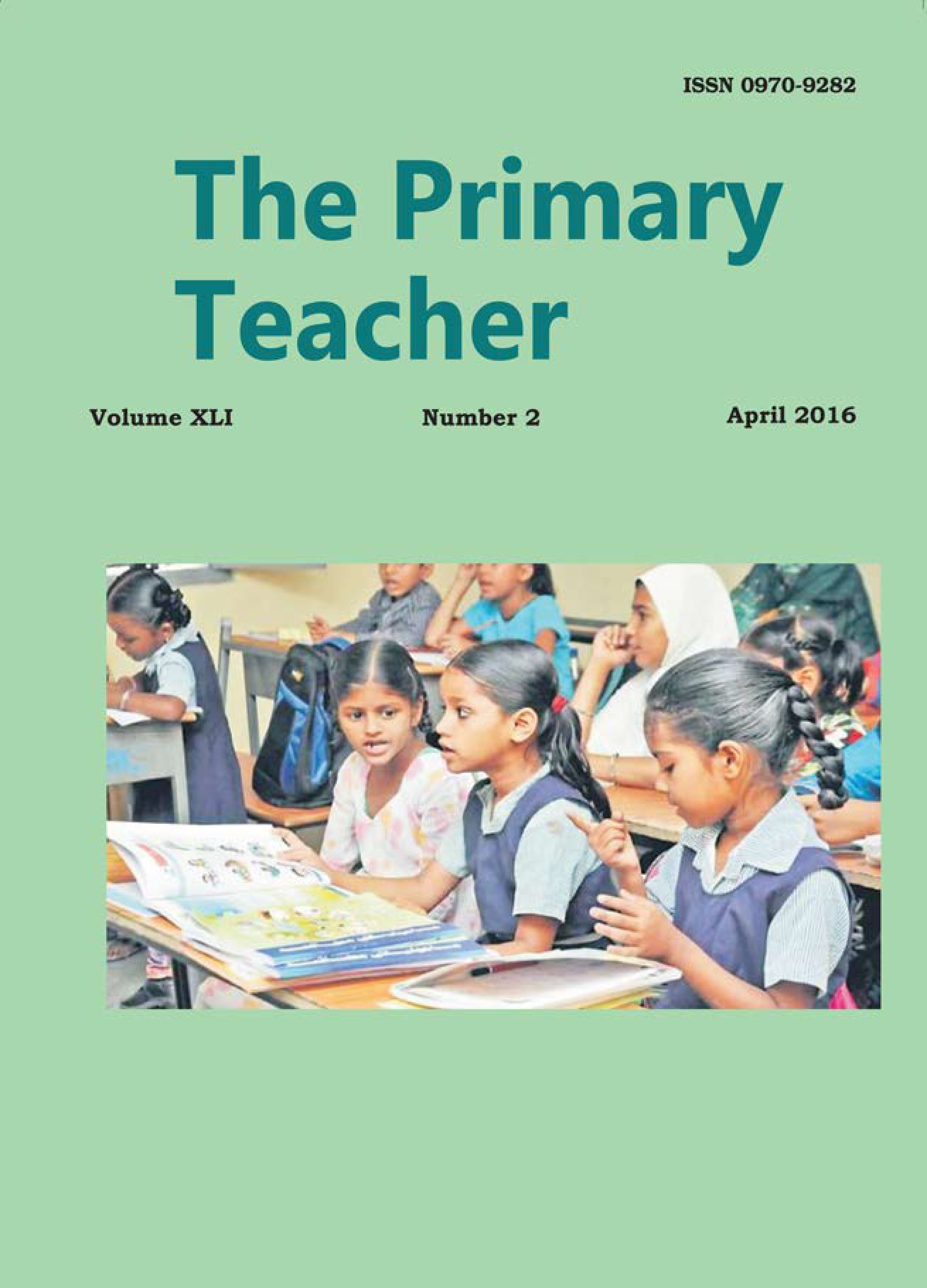A Study on CAI as Remedial Teaching on Eye–hand Coordination of Learning Disabled Fifth Grade Students

Published 2024-12-05
Keywords
- Eye–hand coordination,
- computer assisted instruction,
- learning disabled,
- remedial teaching,
- diagnostic test of learning disability
How to Cite
Abstract
Computers are increasingly being used in school education today, even in remote and rural areas. Internet connectivity is possible through the ubiquitous mobile. Computer serves a number of purposes in a classroom and can be utilised to help students in all subjects. Computer Assisted Instruction (CAI) refers to the use of computer as a tool to enhance learning through a combination of texts, graphics, sounds and videos. This article presents a study, investigating the efficacy of CAI in remedial teaching for eye–hand coordination among learning disabled children in the fifth grade for boys and girls. The study adopted pre– and post–test control group design. A random sample of 64 school students was drawn from Meerut, Uttar Pradesh. The researcher used CAI (games and simulations) as an instrument for studying the eye–hand coordination for learning disabled children in the experimental group, while students in the control group were exposed to traditional teaching method. The instrument for data collection was Diagnostic Test of Learning Disability (DTLD). T–test statistics were used to analyse the hypothesis. The findings revealed that the experimental group performed better than the control group. It was found that the CAI method was better than the traditional method for improving the eye–hand coordination of learning disabled fifth grade students
